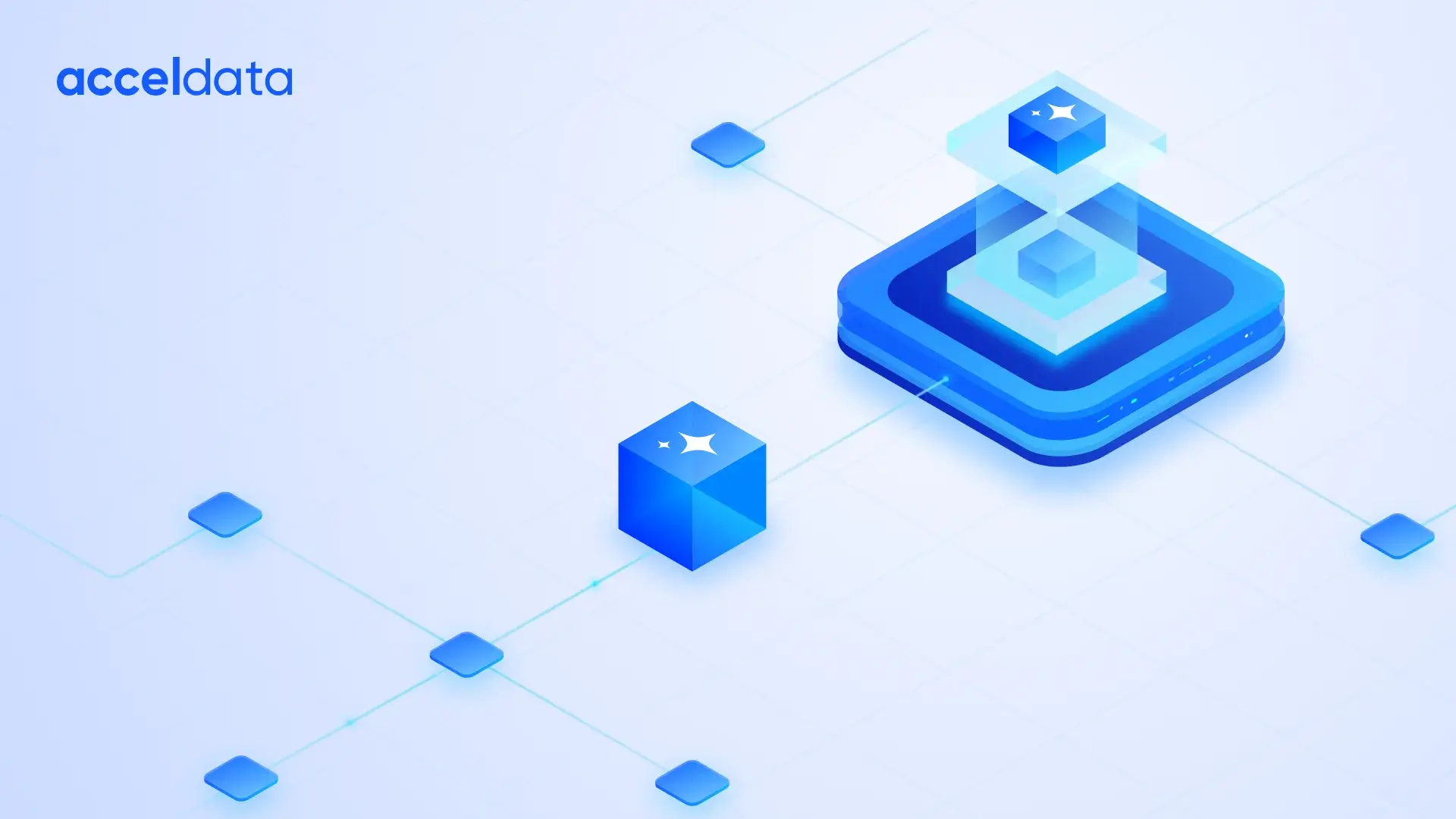Data insights play a crucial role in driving data product development. By analyzing data -- and data that is reliable and accurate -- companies can gain valuable insights into customer behavior, preferences, and pain points. This information can be used to inform the development of new data products and services that meet the needs of customers who operate their own organizations with a data-driven approach.
These data insights can also help companies identify opportunities for innovation and improve the efficiency and effectiveness of their data products. Additionally, data insights can be used to optimize existing data products by identifying areas for improvement and refining features and functionality based on user feedback. By leveraging data insights, companies can ensure that their data products are competitive, effective, and aligned with the needs and expectations of their customers.
What are data insights?
Data insights are the actionable information and understanding that can be derived from enterprise data. Modern enterprises use data insights to make better business decisions by orchestrating and analyzing massive amounts of data from various sources, including customer transactions, social media, and sensor data. This analysis can reveal patterns and trends that can inform strategic and tactical decisions, such as data product development, marketing, and customer service.
Data insights are the foundation for building great data products primarily because they allow for a better understanding of an enterprise’s data and how it can be used to solve a specific problem or meet a specific need. These data insights can also help identify patterns and relationships within the data that can inform the design and development of the data product. Additionally, insights can be used to validate assumptions and guide decision making throughout the product development process.
However, modern data stacks are increasingly complex, and data pipelines have to dynamically work with a range of different technologies, so there are multiple – and always changing – points of potential failures. Building data products requires trusted access to reliable and high quality data, and that means being able to anticipate and deal with any of those points of failure. Data teams need to have the ability to look at log events and metadata to investigate any pipeline errors that might have occurred.
Data observability delivers data insights required to build data products
Data observability delivers continuous transparency to all of that data activity, and it provides context to make the status and orchestration of enterprise data activity easily understandable. Data teams can use data observability to generate important insights that can be used to develop data products by monitoring data quality and identifying bottlenecks and performance issues. It provides the ability to track the quality of data and identify any issues such as missing values, outliers, or inaccuracies. This can help ensure that the data used to develop the product is reliable and accurate. By being able to monitor the performance of data pipelines and identify bottlenecks or issues that are slowing down the processing of data, data teams can optimize their data pipelines to improve performance and reduce latency.

Data products are closely tied to usability; in many ways, the reason for building data products is to orchestrate easy and user-friendly access to data that can help stakeholders make more informed decisions. It’s easier to deliver those products if data teams can have insights into user behaviors. Data observability allows teams to track user interactions with the product and understand how users are interacting with the product. This can help teams identify areas where the product can be improved or identify new features that can be added to the product.
Ultimately, data observability creates the foundation for data product development by eliminating complexity and delivering accurate, usable data efficiently. That said, it’s not just about access to data, or delivering data in more digestible formats. There are certain elements to enterprise data that only data observability can provide, including:
- Using data insights to create a product blueprint: Data insights can be used to understand user needs and identify patterns. This helps data teams design data products that meet specific, identifiable needs and solve unique problems that usually can only be solved with a certain combination of data.
- Building simple and modular systems: Data insights help data teams identify bottlenecks and inefficiencies in data pipelines. Data observability helps in two ways. First, rapidly-delivered insights into problems like this can create a discipline for fast MTTR. Secondly, by understanding the data flow and identifying unnecessary complexity, teams can build simple, modular systems that are easy to understand, maintain, and scale.
- Automating data processing: Data insights can be used to identify patterns and relationships in the data that can be automated. Automating data processing can reduce the need for manual intervention, improve reliability, and increase efficiency, all of which make data teams more effective, and usually with fewer resources.
- Monitoring and testing: Data insights can be used to identify key metrics and performance indicators for the data product. By monitoring and testing these metrics, teams can ensure that the product is performing as expected and quickly identify and resolve any issues that arise.
- Continuously learning and improving: Data insights can be used to understand user behavior, and identify areas of improvement and new features. By continuously learning and improving, teams can ensure that the data product is meeting the needs of users and delivering value to the organization.
- Fostering effective, actionable communication: Data insights can be used to communicate the value of data products and the insights they provide to stakeholders. By effectively communicating data insights, teams can help stakeholders understand the value of the data product and gain support for further investments in data.

Make no mistake, there are all types of tools that claim to do one or more of these things. But the problem for many data environments is that additional layers of tools get added just to manage specific use cases. With each layer comes additional levels of complexity and it requires more people, more time, and more resources to manage it all. Data observability, however, operates across all data environments and for all data sources, and provides a single source for data pipeline reliability and accuracy. As a result, data product developers operate knowing that they can trust the data they’re using.
See Acceldata in action and learn more about how your enterprise can use data observability to reduce complexity and increase data quality as you build great data products.
Photo by Pietro Jeng on Unsplash






.png)
.webp)







.webp)
.webp)


